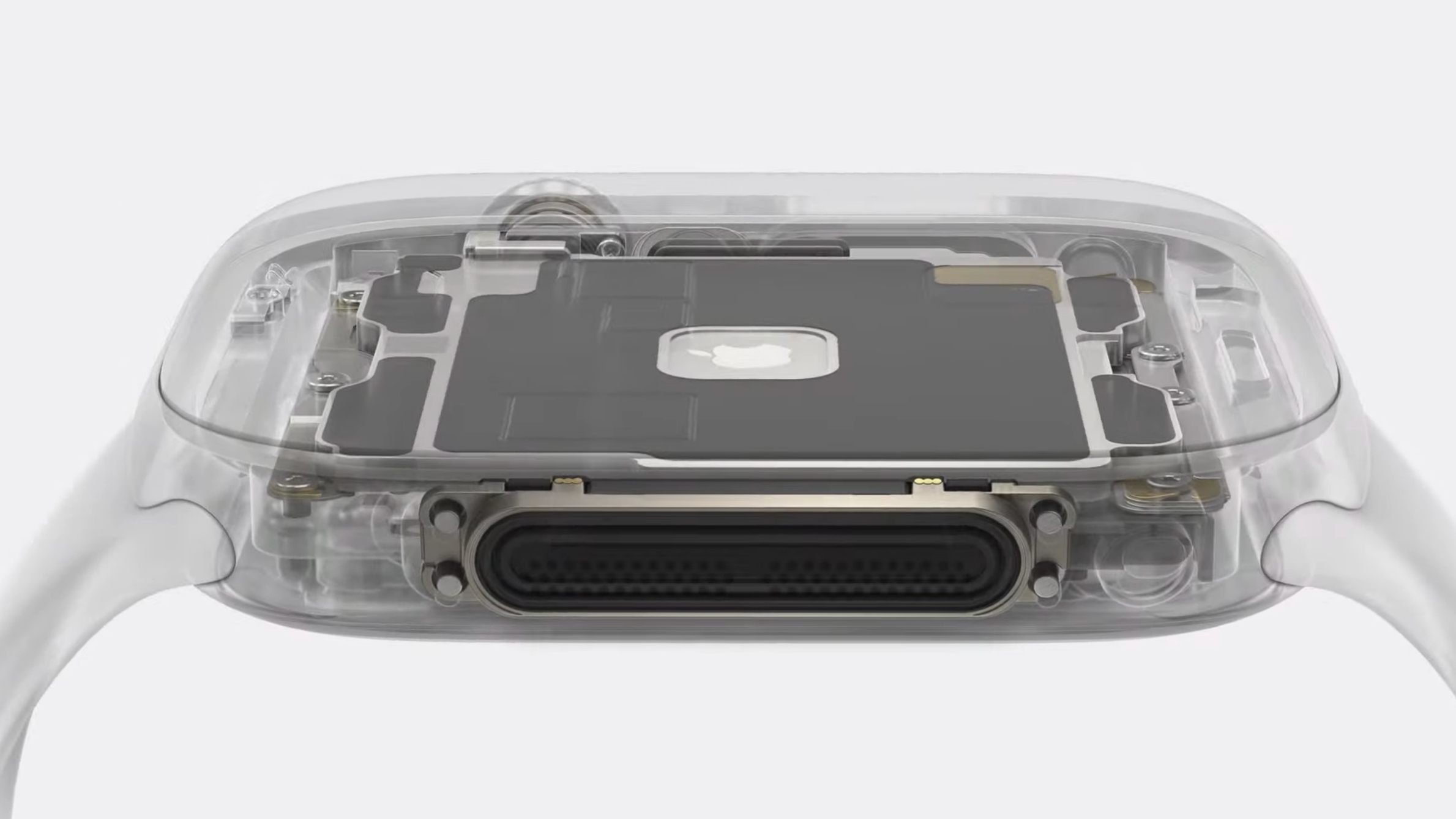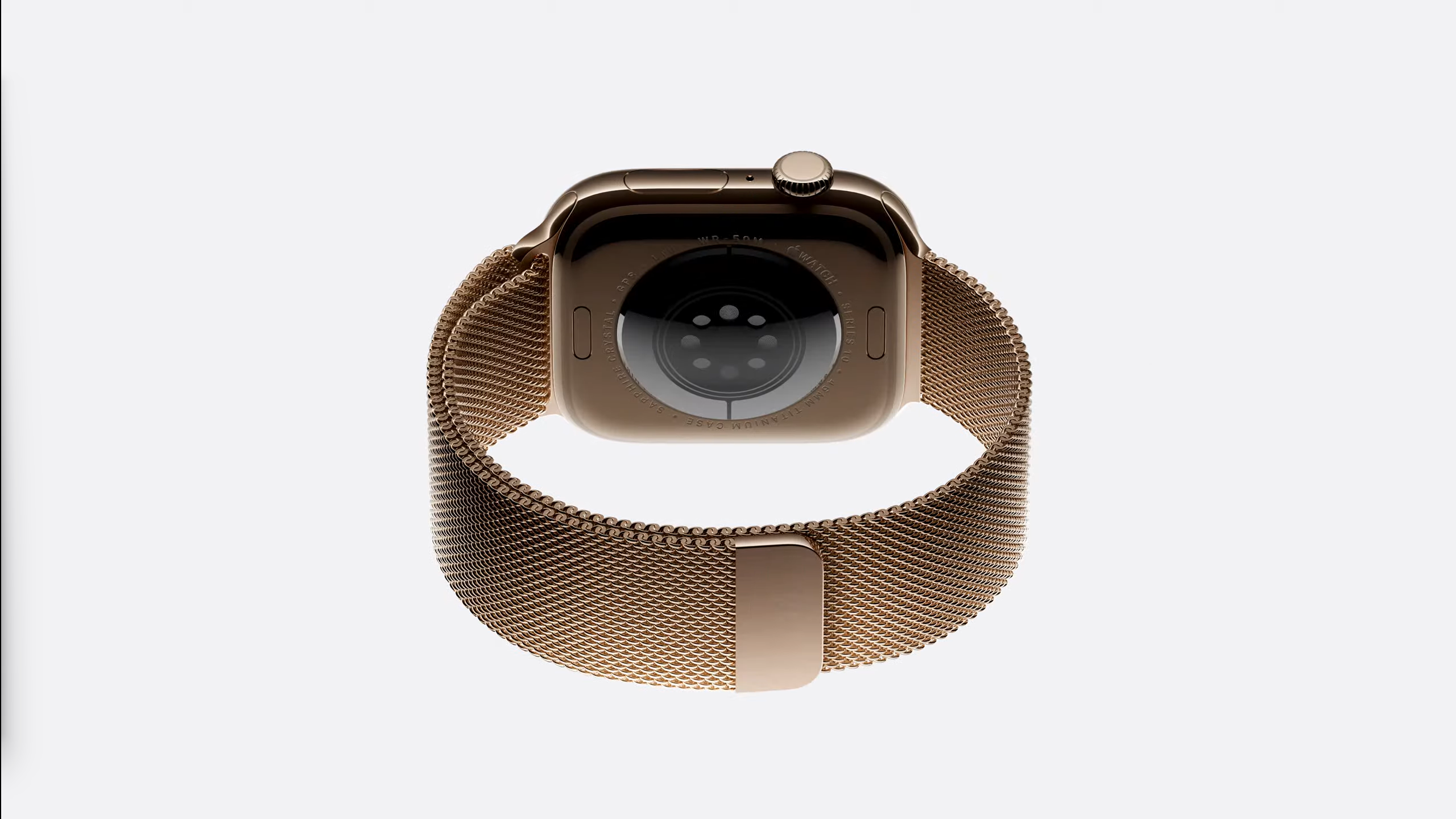The Apple Watch 10 doubles down on fast charging over longer battery life, and I think that's a mistake

Apple has announced the Apple Watch Series 10 at its iPhone 16 event, and there’s a lot about it that I really, really like, including the new larger screen, thinner body, and lighter weight. I’m also itching to try the improvements made possible by the new S10 chipset, such as improved call clarity and the Translate app, while the new Jet Black colorway looks awesome.
As a keen surfer, the Tides app is also guaranteed to be a game-changer for me: my go-to app was always the now-defunct Magic Seaweed, which was bought out by Surfline, and a dedicated Apple replacement on my wrist seems too good to be true.
However, for many people, the new sleep apnea detection functionality, Breathing Disturbances, could have been the biggest game changer. Breathing Disturbances, a feature reportedly soon-to-be FDA certified, checks across 30 days of sleep tracking for signs of sleep apnea and presents the information in a report to be read by your doctor. It could help millions of undiagnosed sleep apnea sufferers.
Along with the new Vitals app from watchOS 11, Apple seems to be doubling down on sleep and sleep tracking data.
However, for these new features to be able to work effectively, users need to be able to wear their Watch overnight, and there's still a big obstacle here: battery life. With no changes advertised at this point, it's almost certainly still going to be a measly 18 hours."

The Apple Watch Series 10 did make strides in the battery department this year, with the introduction of the fastest-ever charging capabilities in an Apple Watch to date. It can reportedly reach 80% battery capacity in just 30 minutes of charge thanks to the new “innovative” metal back design. Theoretically, it’s not a problem at all to dap it on a charger for 30 minutes before bed time.
However, if you were to charge it to full capacity at 9pm, the watch would be theoretically dead again by 5pm the following day. You’d have to charge it again in the middle of the day, and if you don’t have a cable or 30 minutes to hand, you’re left with a useless piece of aluminum on your wrist. If you charge it first thing in the morning, it may even die overnight. I know Apple’s battery life tends to exceed the stated value, but it’s still ludicrously short. If you forget to charge it, or you’re out and about for most of the day, you’re left with a new 50mm black mirror on your wrist.
Sign up for breaking news, reviews, opinion, top tech deals, and more.
Samsung, which made a similar investment in sleep features this year, has its watch batteries cap out at 40 hours. Even the Google Pixel Watch 3 manages 24 hours with the always-on display mode active.
I believe Apple would get far more people using the new Breathing Disturbances and Vitals features on their watches, as it so clearly wants people to do, if it could extend the battery life to just 24 hours. If the Apple Watch Ultra 2 can manage 36 hours, what’s the holdup?
You might also like

Matt is TechRadar's expert on all things fitness, wellness and wearable tech.
A former staffer at Men's Health, he holds a Master's Degree in journalism from Cardiff and has written for brands like Runner's World, Women's Health, Men's Fitness, LiveScience and Fit&Well on everything fitness tech, exercise, nutrition and mental wellbeing.
Matt's a keen runner, ex-kickboxer, not averse to the odd yoga flow, and insists everyone should stretch every morning. When he’s not training or writing about health and fitness, he can be found reading doorstop-thick fantasy books with lots of fictional maps in them.